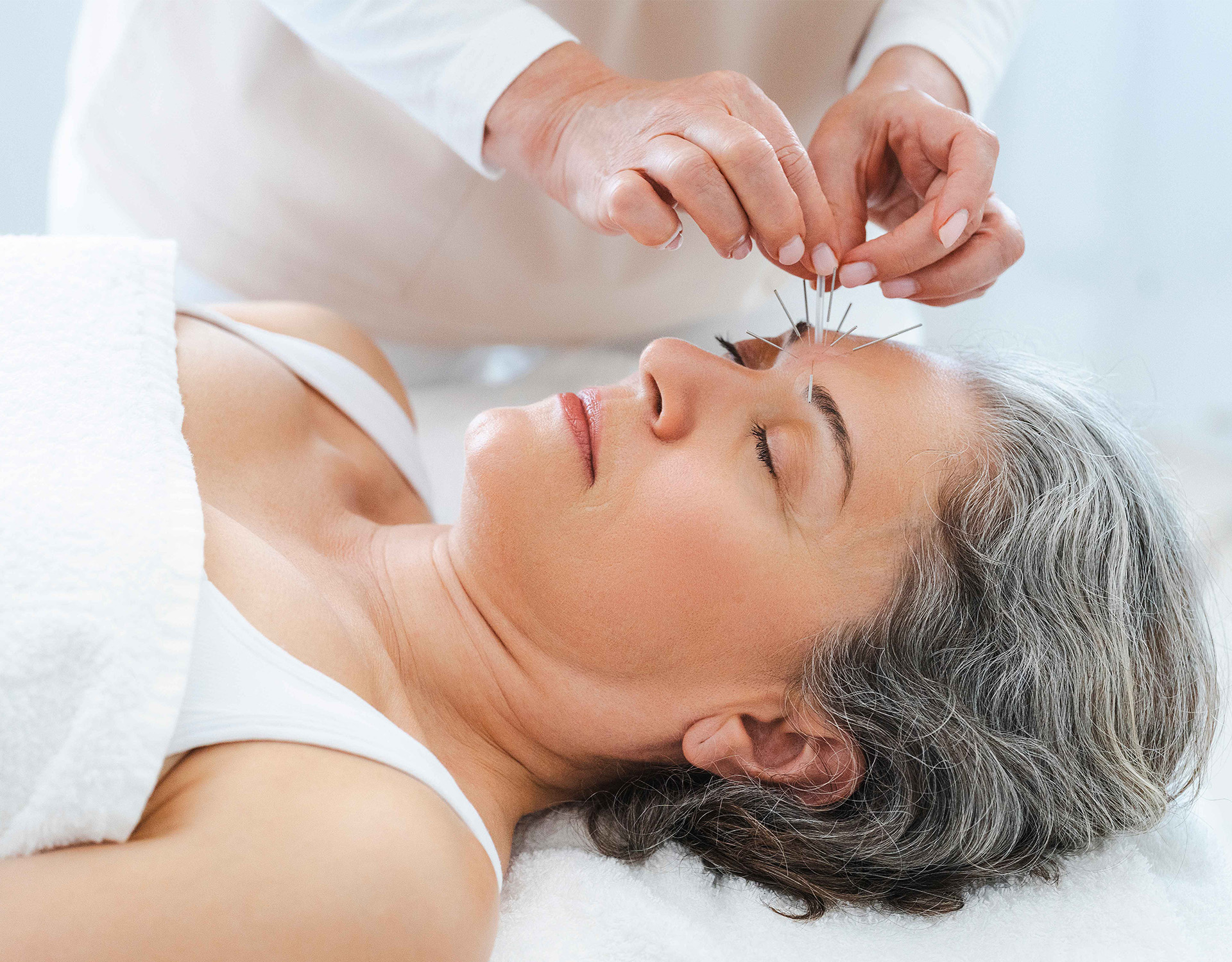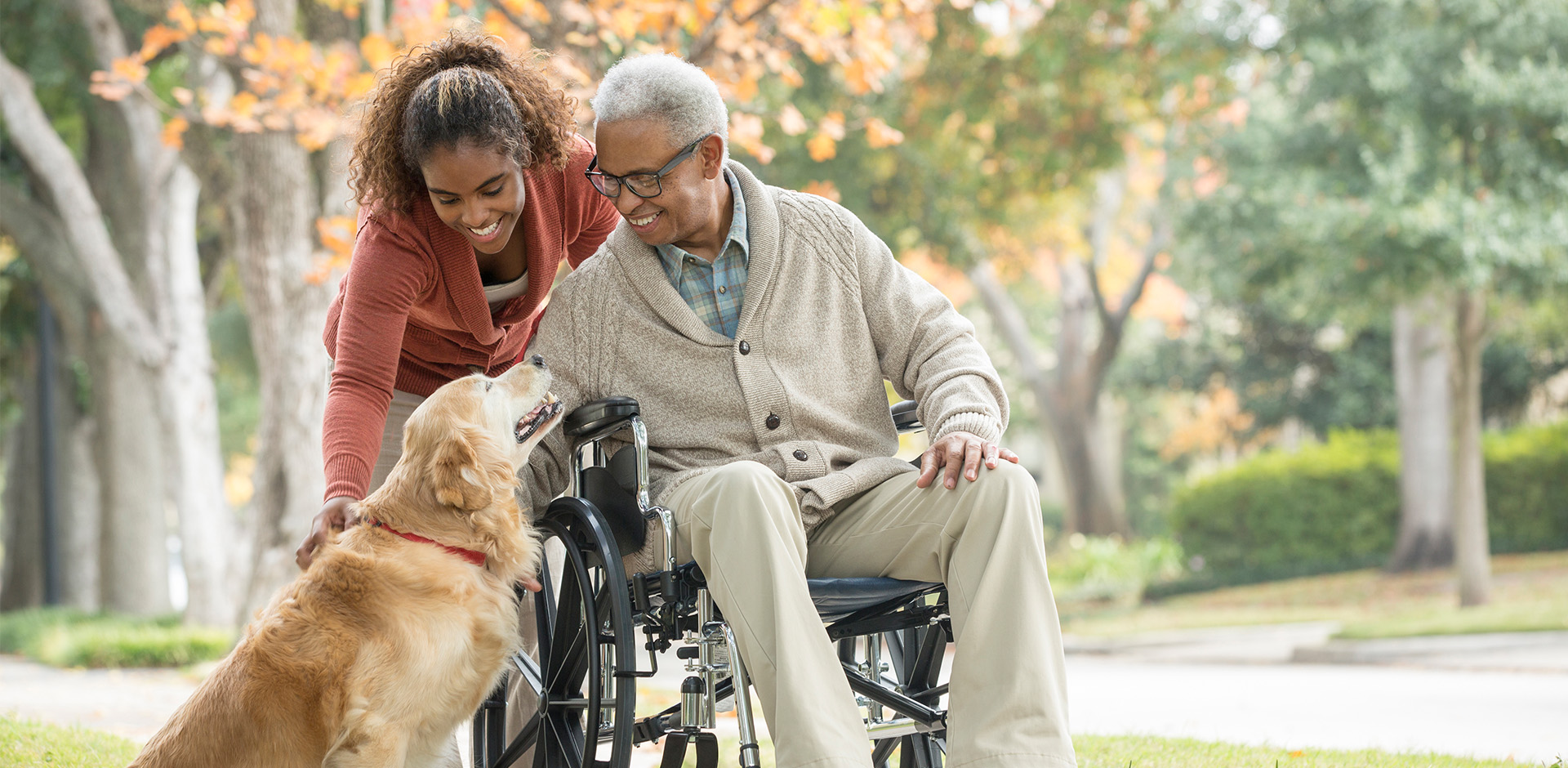How does acupuncture work?
The classic Chinese explanation is that channels of energy run in regular patterns through the body and over its surface. These energy channels, called meridians, are like rivers flowing through the body to irrigate and nourish the tissues. The improved energy and biochemical balance produced by acupuncture results in stimulating the body’s natural healing abilities, and in promoting physical and emotional well-being.
The modern scientific explanation is that needling the acupuncture points stimulates the nervous system to release chemicals in the muscles, spinal cord, and brain. These chemicals will either change the experience of pain, or they will trigger the release of other chemicals and hormones which influence the body’s own internal regulating system.
Key points
- People use acupuncture for various types of pain. Back pain is the most commonly reported use, followed by joint pain, neck pain, and headache.
- Acupuncture is being studied for its efficacy in alleviating many kinds of pain. There are promising findings in some conditions, such as chronic low-back pain and osteoarthritis of the knee; but, for most other conditions, additional research is needed. The National Center for Complementary and Alternative Medicine (NCCAM) sponsors a wide range of acupuncture research.
- Acupuncture is generally considered safe when performed correctly.
- In traditional Chinese medicine theory, acupuncture regulates the flow of “chi” (vital energy) through the body. Research to test scientific theories about how acupuncture might work to relieve pain is under way.
To relieve their pain, many people take over-the-counter medications—either acetaminophen or nonsteroidal anti-inflammatory drugs (NSAIDs, including aspirin, naproxen, and ibuprofen). Stronger medications, including NSAIDs in higher dosages and narcotics, are available by prescription only. People may also try non-drug approaches to help relieve their pain. Examples include physical and occupational therapy, cognitive behavioral therapy, self-care techniques, and CAM therapies
While acupuncture is often associated with pain control, in the hands of a well-trained practitioner it has much broader applications. Acupuncture can be effective as the only treatment used, or as the support or adjunct to other medical treatment forms in many medical and surgical disorders. The World Health Organization recognizes the use of acupuncture in the treatment of a wide range of medical problems, including:
- Digestive disorders: gastritis and hyperacidity, spastic colon, constipation, diarrhea
- Respiratory disorders: sinusitis, sore throat, bronchitis, asthma, recurrent chest infections.
- Neurological and muscular disorders: headaches, facial tics, neck pain, rib neuritis, frozen shoulder, tennis elbow, various forms of tendinitis, low back pain, sciatica, osteoarthritis
- Urinary, menstrual, and reproductive problems
- Acupuncture is particularly useful in resolving physical problems related to tension and stress and emotional conditions
Acupuncture needles are very thin, and most people feel no pain or very little pain when they are inserted. They often say they feel energized or relaxed after the treatment. However, the needles can cause temporary soreness.
There is evidence that people’s attitudes about acupuncture can affect outcomes. In a 2007 study, researchers analyzed data from four clinical trials of acupuncture for various types of chronic pain. Participants had been asked whether they expected acupuncture to help their pain. In all four trials, those with positive expectations reported significantly greater pain relief.
In addition to studying acupuncture’s efficacy, researchers are looking at potential biomechanisms—that is, how acupuncture might work to relieve pain. There are several theories about these biomechanisms (e.g., acupuncture activates opioid systems in the brain that respond to pain); additional research is still needed to test the theories. Researchers are using neuroimaging techniques such as functional magnetic resonance imaging (fMRI) to look at the effects of acupuncture on various regions of the brain. In 2005, NCCAM sponsored the “Neurobiological Correlates of Acupuncture” conference to discuss research challenges and directions in acupuncture neuroimaging research. Source NIH-National Center for Complementary and Alternative Medicine (NCCAM).
Acupuncture is generally considered safe when performed by an experienced practitioner using sterile needles. Relatively few complications from acupuncture have been reported. Serious adverse events related to acupuncture are rare, but include infections and punctured organs. Additionally, there are fewer adverse effects associated with acupuncture than with many standard drug treatments (such as anti-inflammatory medication and steroid injections) used to manage pain.
Acupuncture may provide added pain relief when it’s used along with pain medicine or another therapy, such as massage. Acupuncture can reduce the need for medicine and can improve the quality of life of people with chronic pain.
Because acupuncture rarely causes more than mild side effects, it is a potential alternative to pain medications or steroid treatments. It is also considered a “complementary” medicine that can be used along with other treatments. It is best to discuss the use of acupuncture with your health care provider.
People with bleeding disorders or who take blood thinners may have increased risk of bleeding. Electrical stimulation of the needles can cause problems for people with pacemakers or other electrical devices. Pregnant women should talk with their health care provider before having acupuncture. It’s important not to skip conventional medical care or rely on acupuncture alone to treat diseases or severe pain.
Several other therapies use a different way of stimulating the acupuncture points. Moxibustion involves the burning of moxa, a bundle of dried mugwort and wormwood leaves, which can then be used to heat the acupuncture needles or warm the skin. Electroacupuncture adds electrical stimulation to the needles. Another recent variation uses laser needles that are placed on (but not in) the skin.
If you are afraid of needles, you may be able to get much of the same effect from acupressure. Acupressure involves pressing or massaging the acupuncture points to stimulate the energy pathways. Scientific comparisons of acupressure and acupuncture are limited, but acupressure has been shown to be effective in reducing nausea and lessening labor pain.
It is important to receive treatment from someone who has met standards for education and training in acupuncture. States vary in their licensing requirements. There are national organizations that maintain standards, such as the American Academy of Medical Acupuncture (a physician group) or the American Association of Acupuncture and Oriental Medicine. Make sure that your practitioner uses sterile needles that are thrown away after one use.
The Foundation for Peripheral Neuropathy has provided this material for your information. It is not intended to substitute for the medical expertise and advice of your primary health care provider. We encourage you to discuss any decisions about treatment or care with your health care provider. The mention of any product, service, or therapy is not an endorsement by FPN.

